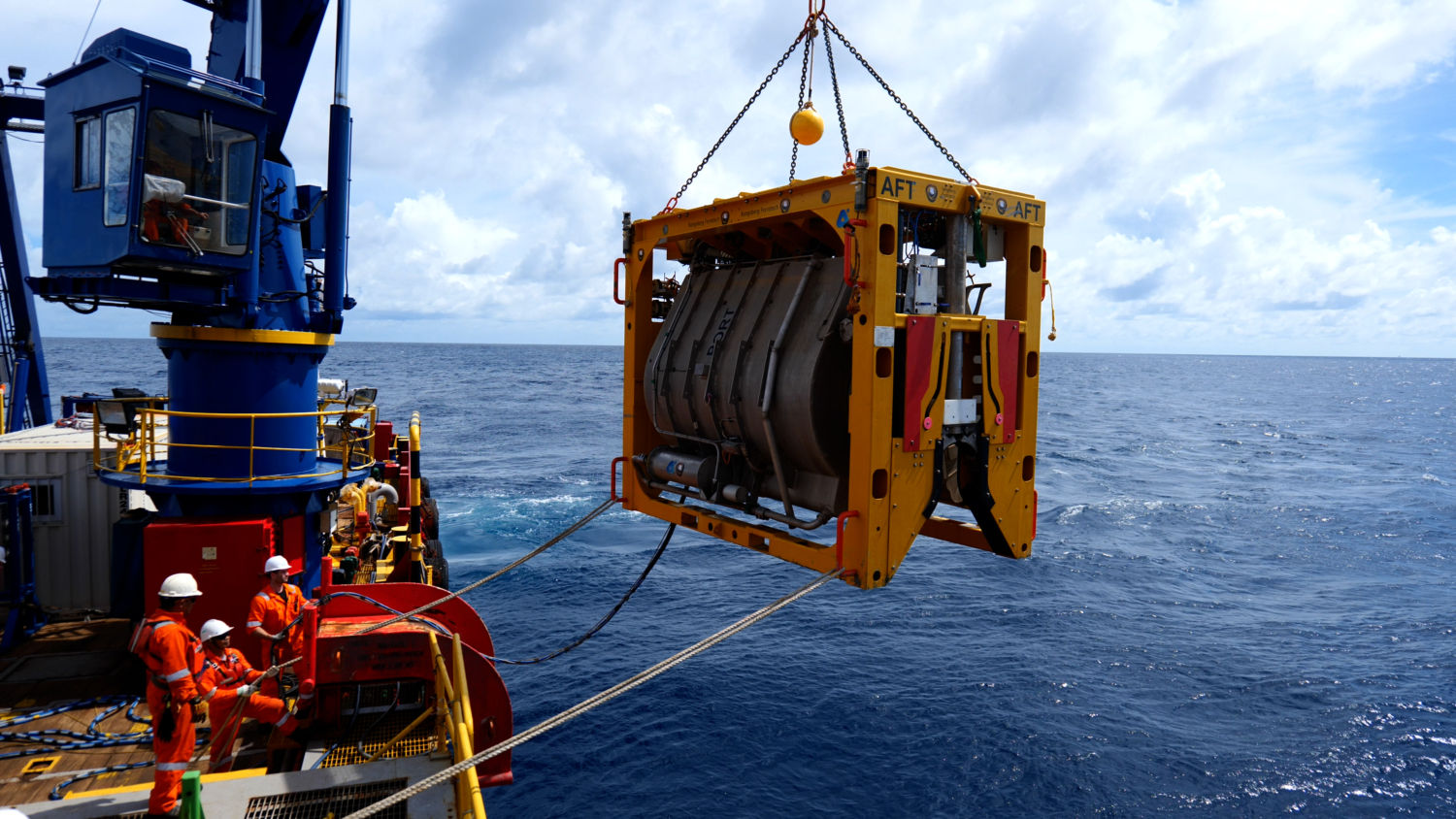Shell Joins Project that Promises to Change Subsea Repair Game Using 3D Printing Tech

Oil major Shell has partnered with Kongsberg Ferrotech in a project that is developing tools to repair subsea assets using 3D printing technology.
“Since 2021, Kongsberg Ferrotech has worked in a joint industry project with the partners Equinor, Gassco and SINTEF to develop and test advanced 3D printing technologies for in situ, metal to metal, repairs of underwater assets. The project achievements have been recognized in the market and Shell is now joining the team,” Kongsberg Ferrotech said.

The partners of the joint industry project are of the opinion that the new methods, in development, represent a game-changing way of conducting subsea repairs.
“Additive manufacturing for lifetime extension of subsea assets, is expected to have great financial and environmental benefits for installed as well as future subsea assets. 3D printing meets the main criteria for sustainability – reduce, reuse, and recycle. The project has identified several applications such as repair of cracks, dents, and replacement of lost materials, where the technology will be very beneficial compared to traditional methods,” Kongsberg Ferrotech said.

3D Printing & Subsea Robots
According to the company, the project has reached important milestones on the way and is currently in the process of qualifying the 3D printing technology for cracks and dents.
3D printing technology will be integrated into Kongsberg Ferrotech’s Inspection, Repair and Maintenance (IMR) robots.
In the repair process, a dry environment is created to offer documented, high-quality repairs without disrupting ongoing operations.

“We’re happy to be part of an exciting development. When we discovered this joint industry project, we realized that the repair methods have many applications within Shell’s global operations. The technology is of great interest to Shell and fits nicely into our portfolio of advanced technology for subsea robotics and 3D printing. We are looking forward to a close collaboration with our industry partners, says Angeline Goh, 3D Printing Technology Manager at Shell.

“We’re excited to welcome Shell to the team and consider their decision as an important recognition of the potential represented by our technology. With another global partner onboard, we’re able to adapt our technology towards a large global market. Together with our partners we’re now preparing for the world’s first test of 3D printing repairs in demanding ocean spaces, says Torgeir Brain, CTO at Kongsberg Ferrotech.
“The original partners are pleased to see that this leading-edge initiative is being recognized in the global subsea market, confirmed by Shell joining the team. Shell’s participation will strengthen the team considerably with more resources, expertise, applications, and market.
“The robotized 3D printing project contributes to the energy transition by providing extended lifetime of existing and future underwater assets. The joint industry collaboration is supported by the Research Council of Norway.
According to the project partners, the technology will be suitable for subsea oil and gas, hydrogen transport grids, wind farms, transmission cables etc.

